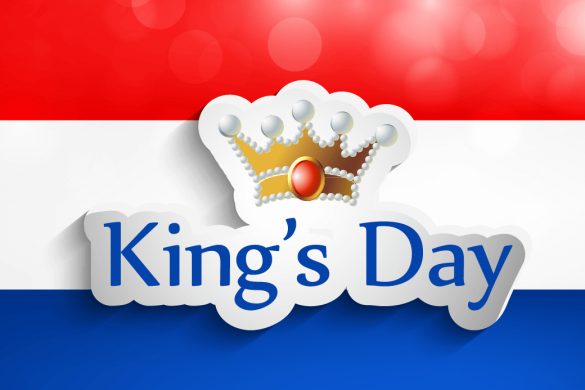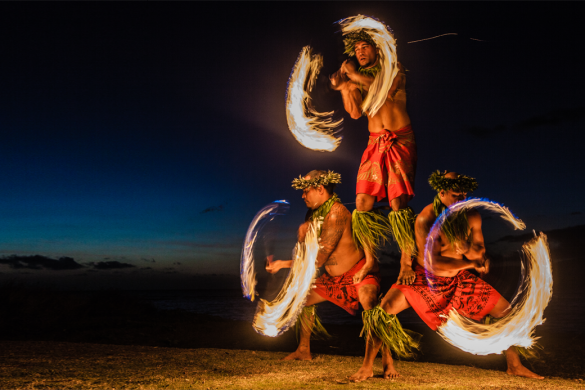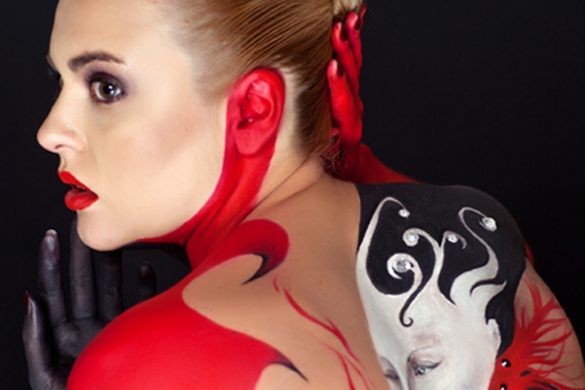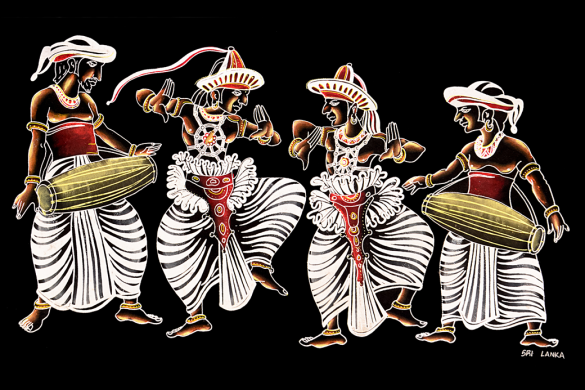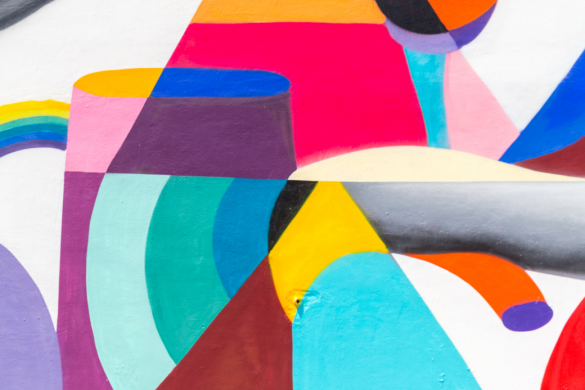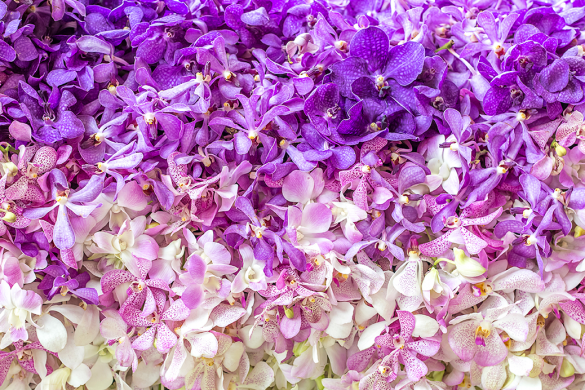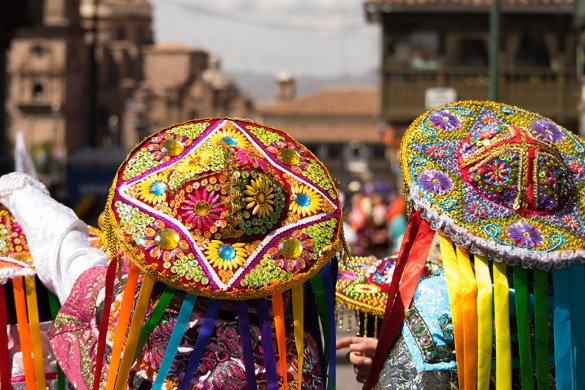If you have a passion for arts, music and dance and a love for the macabre, this is one festival you must not miss. Every year in the last week of October/first week of November, the city of San Miguel de Allende in Mexico combines the traditional Catholic celebrations of All Saints’ Day and All Souls Day into one Dia de los Muertos (Day of the Dead) along with a citywide cultural festival known as La Calaca. This year, it will be celebrated from 29th October – 2nd November.
It was debuted by Veronique Pittman in 2012 in an effort to revive San Miguel economically and artistically, while maintaining old traditions in modern times. The festival is named ‘The Calaca’ which translates to The Skull. While a skull is widely taken to be a symbol of death and horror, the Mexicans believe they have special claim to it because for the Aztecs, the skull was a symbol of resurrection.
Dia de los Muertos is a day that not merely celebrates the dead but signifies the disappearance of the line between the living and the dead. This Meso-American holiday focuses on understanding that death is merely a part of life’s cycle, and acknowledges that even though they might have passed away, our relationship with them still carries on.
La Calaca observes this beautiful tradition and takes it a step forward by blending it with art installations, fairs, performances, and multiple interactive activities all around the city to capture the attention of the youth and pay homage to heritage.
A popular element of this festival is writing cheeky, satiric poems on public figures, friends or family called Calaveras; on Halloween eve, children build altars to entice the spirits of the dead children and go door to door asking for candy which is usually skull shaped too.
It is the truer, darker side of Halloween, yet untouched by commercialization.
Natives and tourists alike dress up for this celebration of death. The Aztecs had declared death to be a female character and in the past 100 years, death is known as Catrina; made famous by the cartoonist Jose Guadalupe Posada. Catrina is portrayed as a rich and famous skeleton, with a wide brimmed hat. La Catrina is now synonymous with La Calaca and Dios de la Muertos.
Makeup is definitely not restricted to traditional cosmetics and people go to town with face and body paints. Flowers, skulls and other religious symbols are painted onto bodies. The dresses are Victorian or similarly old-fashioned in deep, bejewelled tones, which speak of the glorious past.
La Calaca does not just let you respect death, it lets you enjoy and accept it too.

